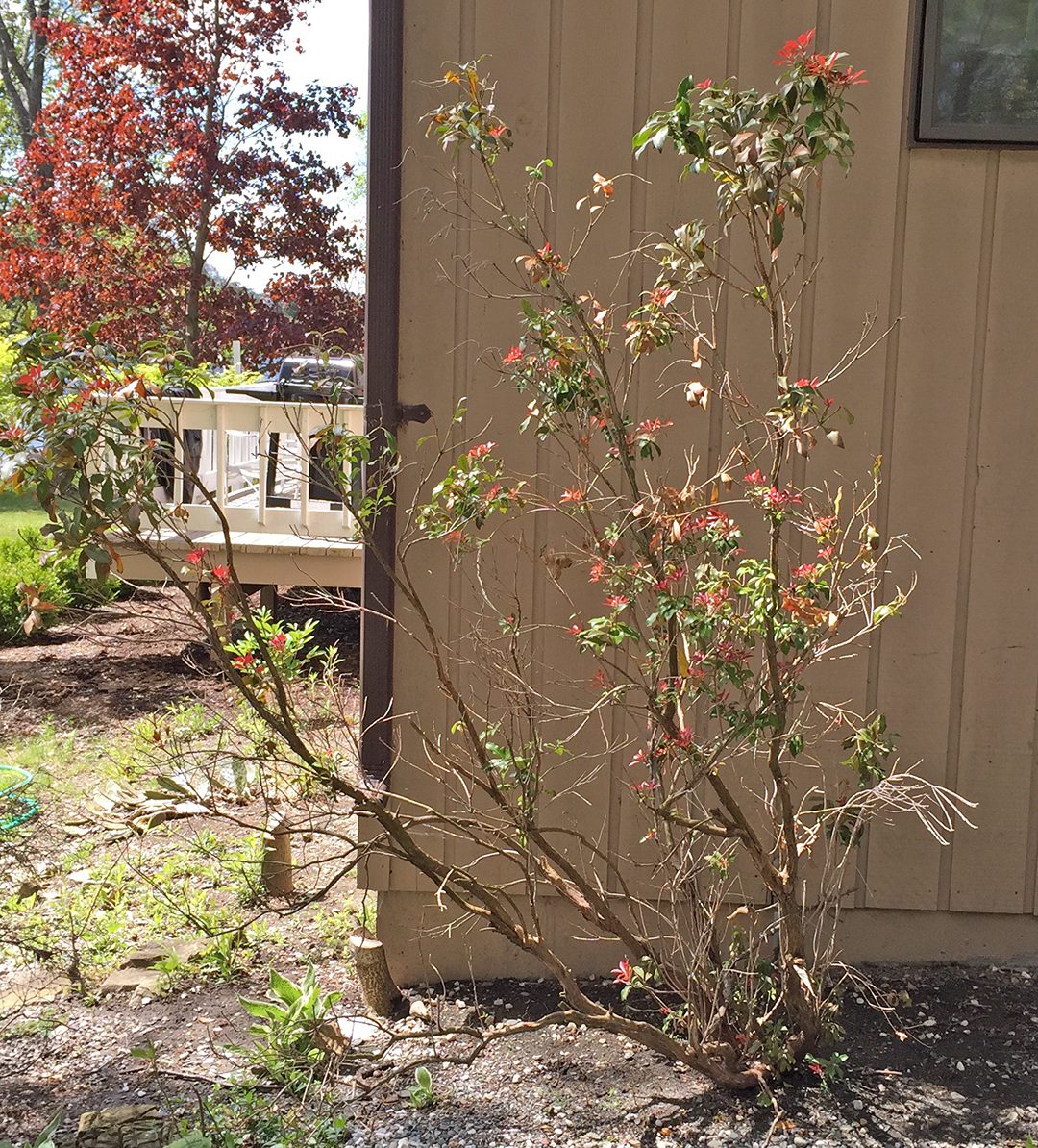Why Did My Plant Die?
Why Did My Plant Die?
Let’s start this post off with the truth: sometimes we can’t figure out why a plant has died. And often, a plant dies not just from one cause, but from a combination of “this, then that, and the other thing.” That said, here is how to problem solve if you’ve got a plant that didn’t thrive.
- The most common reason a plant dies is from either too much or too little water. This is especially true for newly placed plants that don’t have established root systems. In both cases the plants wilt first, so the initial symptoms are the same. In this area where so many people have automatic sprinkler systems, most homeowners depend on those to water their new plants well, and these systems are set to water established plants not new ones. So if your new plant dies, the first thing to do is to dig down twelve to fifteen inches in several areas around that plant and see just how wet or dry the soil really is below the surface. That might answer your question right away.
- Plants can die because they were hit with a chemical, housecleaning product, or too much of a garden product. Ask yourself if the house was recently power-washed, windows cleaned, fertilizer applied, lawn herbicides spread, weed killer used etc around your dead plant.
- Some plants die because they were physically damaged. Staking wires left on too long, string-trimmers that scrape off the bark, something falling on or running over the plant are just three examples of physical injuries. In the winter mice and voles can eat the bark low on young trees and girdle the plant. To look for physical injury, examine the entire plant closely from the ground up.
- Finally, insects and diseases can kill a plant although this isn’t usually the only cause of a plant’s death. Most diseases don’t act quickly so a plant that has “died overnight” isn’t likely to have a disease. Frequent monitoring of your plants will help you to spot any possible insect and disease situations before they become problematic. If you see anything questionable, bring a sample of the foliage and a few pictures of your plant into the garden center so we can help diagnose the problem and provide you with possible solutions.

Here is one example of a physical cause of a plant dying. This vine was attached to the building with a staple when it was young, but as the vine grew it became choked by that support.

This Pieris (aka andromeda) isn’t dead yet but it clearly isn’t thriving. The soil around the plant is compact and hasn’t been amended with an on-going application of compost and mulch. Additionally, the plant hasn’t been watered during the heat of the summer and is in an exposed location in the winter. And finally, no fertilizer has been applied in years…all of this adding up to a plant that isn’t doing well. The homeowner will need to decide if it’s worth trying to save or if it’s time to “say goodbye.”
Subscribe To Our Newsletter
Sign up for our weekly email about sales and events.
